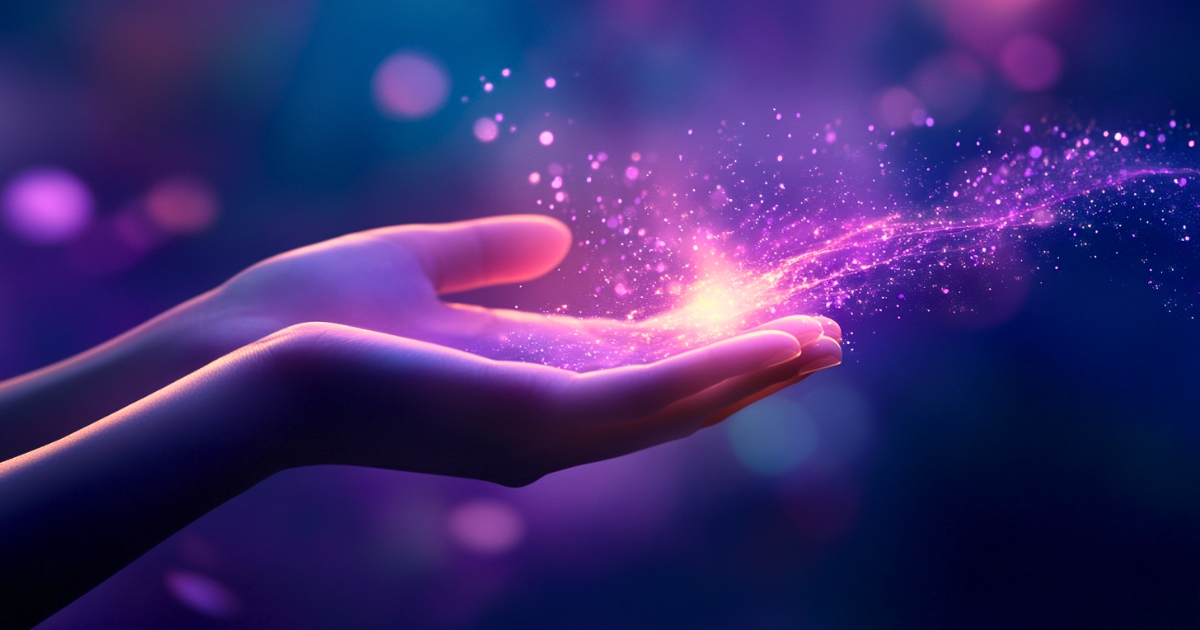What is Reiki?
Reiki is a healing technique originating from Japan, derived from the words “rei” (universal life energy) and “ki” (individual life force). Often interpreted as “universal life energy,” this healing method involves transmitting life energy through the hands to promote physical and mental harmony and activate natural healing powers.
History of Reiki
Reiki was established by Mikao Usui in Japan between the late Meiji and early Taisho periods. While the exact year of its inception is unknown, there’s a tradition that Usui gained the power of Reiki in 1922 during a fasting retreat on Mount Kurama in Kyoto. He subsequently spread and taught this technique.
After World War II, Hawayo Takata introduced Reiki to the West. Takata learned Reiki in Hawaii and later worked to spread it in mainland America, leading to its worldwide dissemination.
Principles of Reiki
The fundamental concept of Reiki is to restore bodily harmony by utilizing life energy. Practitioners act as channels for this energy, sending it to themselves or others. Reiki is believed to improve energy flow, reduce stress, and enhance natural healing abilities.
Major Schools of Reiki
There are several schools of Reiki, each with its own interpretations and techniques. The main schools include:
- Usui Reiki: Considered the most traditional form, directly inheriting Mikao Usui’s teachings.
- Western Reiki: Introduced to the West by Hawayo Takata, it’s the most widely practiced form today, incorporating Western elements into the original teachings.
- Usui Reiki Ryoho: Founded by Usui’s student, Toshihiro Usui, it retains many traditional Japanese elements.
- Rainbow Reiki: A modern approach incorporating concepts like chakras and color therapy.
While these schools share basic principles, they differ in the use of symbols and attunement methods.
The Five Principles of Reiki
Usui established five principles for Reiki practitioners to follow in daily life. These spiritual guidelines are believed to enhance the effectiveness of Reiki:
- Just for today, do not anger
- Just for today, do not worry
- Be grateful
- Work diligently
- Be kind to every living thing
Practicing these principles daily is thought to maintain peace of mind and attract positive life energy.
Self-Healing Method
Reiki self-healing involves sending energy to oneself. The typical steps are:
- Find a quiet place and assume a comfortable position.
- Take deep breaths and relax.
- Set an intention (e.g., “I receive life energy to activate my natural healing powers”).
- Place your hands on various parts of your body and send energy.
- Keep your hands on each area for a few minutes, feeling the energy flow.
- After treating the whole body, take deep breaths to conclude.
Self-healing is believed to help reduce stress and restore physical and mental balance.
Healing Others
When performing Reiki on others, follow these steps:
- Have the recipient lie down and relax.
- Ground yourself and set an intention to become a channel for energy.
- Place your hands on the recipient’s body and send energy.
- Move your hands from head to toe, touching major energy points.
- Send energy to each point for a few minutes.
- After the session, ask for feedback and recommend hydration.
When healing others, it’s important to obtain permission and be sensitive to energy flow.
Reiki Levels and Learning Process
Reiki typically has three levels, though details may vary between schools:
Level 1 (Shoden)
Learn the basics of self-healing. Receive attunement to open energy channels and learn how to send energy using hands.
Level 2 (Okuden)
Learn distant healing techniques. Also learn to use Reiki symbols and mantras to enhance the quality and strength of energy.
Level 3 (Shinpiden)
Master level, gaining the ability to teach Reiki to others. Learn advanced techniques and delve deeper into the philosophical aspects of Reiki.
Practitioners enhance their Reiki abilities through attunements, practice, and learning at each level.
Effects of Reiki and Scientific Perspective
While Reiki is popular, its effects aren’t scientifically conclusive. Some studies report stress reduction and relaxation effects, but placebo effects are also noted. However, Reiki’s potential to promote physical and mental harmony and improve overall health is recognized.
How to Start Reiki
If you’re interested in learning Reiki, consider these steps:
- Study Reiki through books and online resources.
- Find local Reiki practitioners or masters.
- Attend introductory seminars or experience sessions.
- Receive Level 1 training.
- Practice self-healing regularly to refine your skills.
- Progress to the next level as needed.
Conclusion
Reiki, as a form of energy healing, is practiced by many people worldwide. Its simplicity and deep philosophical background contribute to its global popularity. While scientific verification is ongoing, many practitioners report personal benefits.
Reiki is not a replacement for existing medical treatments but may play a complementary role as part of a holistic health approach. If interested, approach it with an open mind. Through Reiki practice, you might gain new perspectives on connecting with yourself, others, and nature.


